Ever since Zometool first appeared, people have thought about extending it, adding more strut directions to enable more designs. Green struts were a fairly obvious extension to add, enabling construction of a number of Archimedean solids.
As we’ll show, modern 3D printing makes it easy and economical to create custom struts. But why would you want to do this? Here are some of the many designs that become possible.
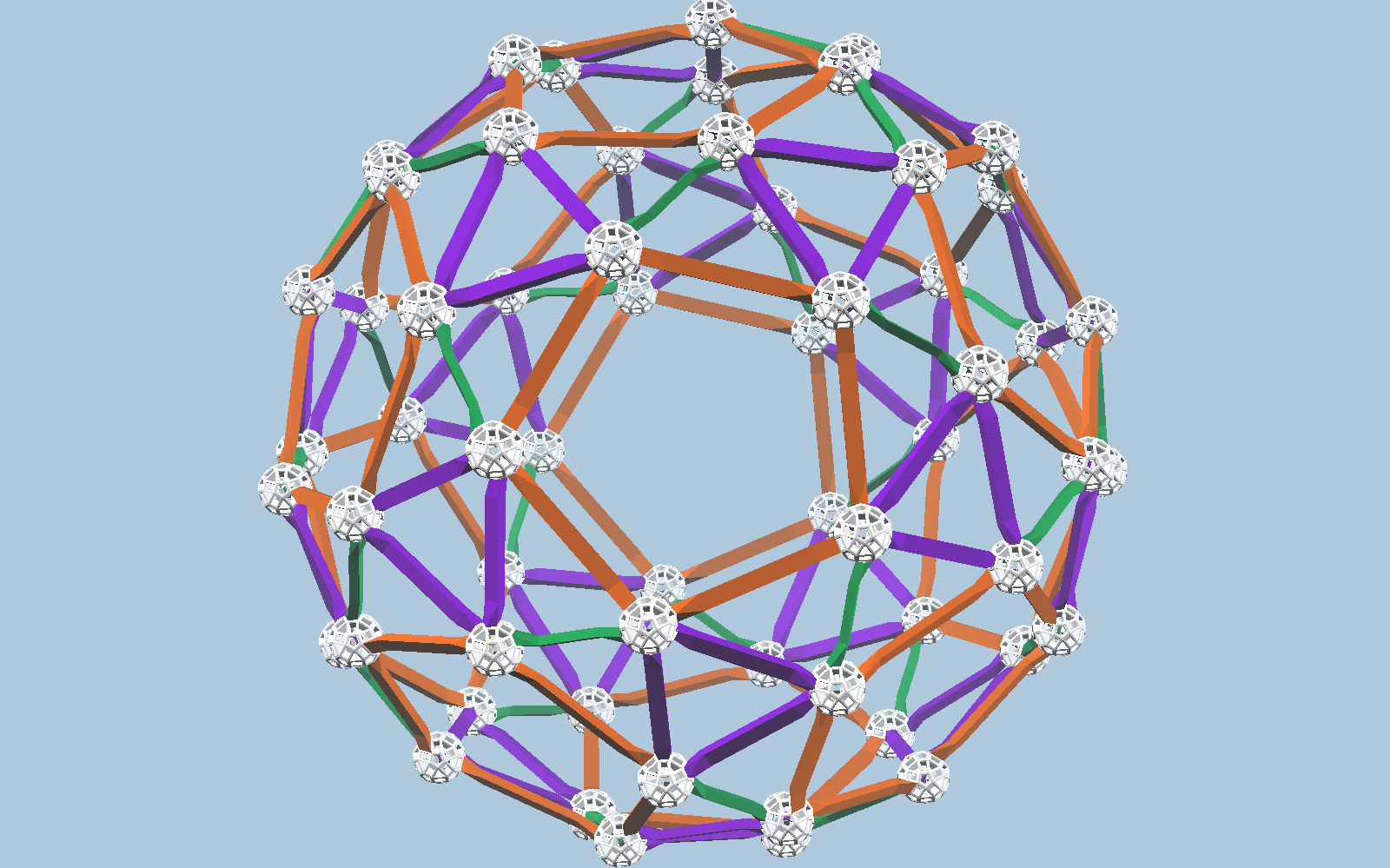
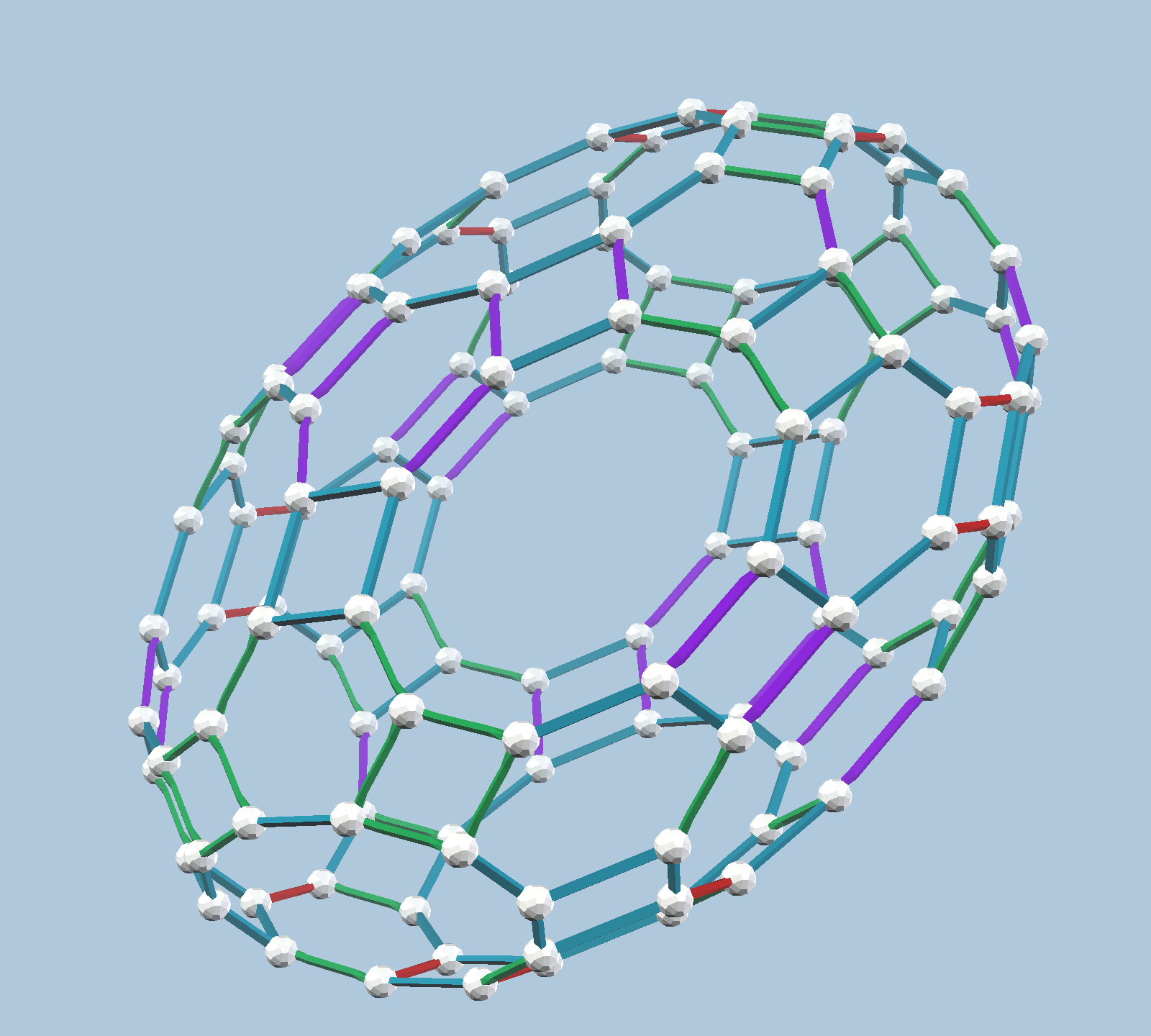
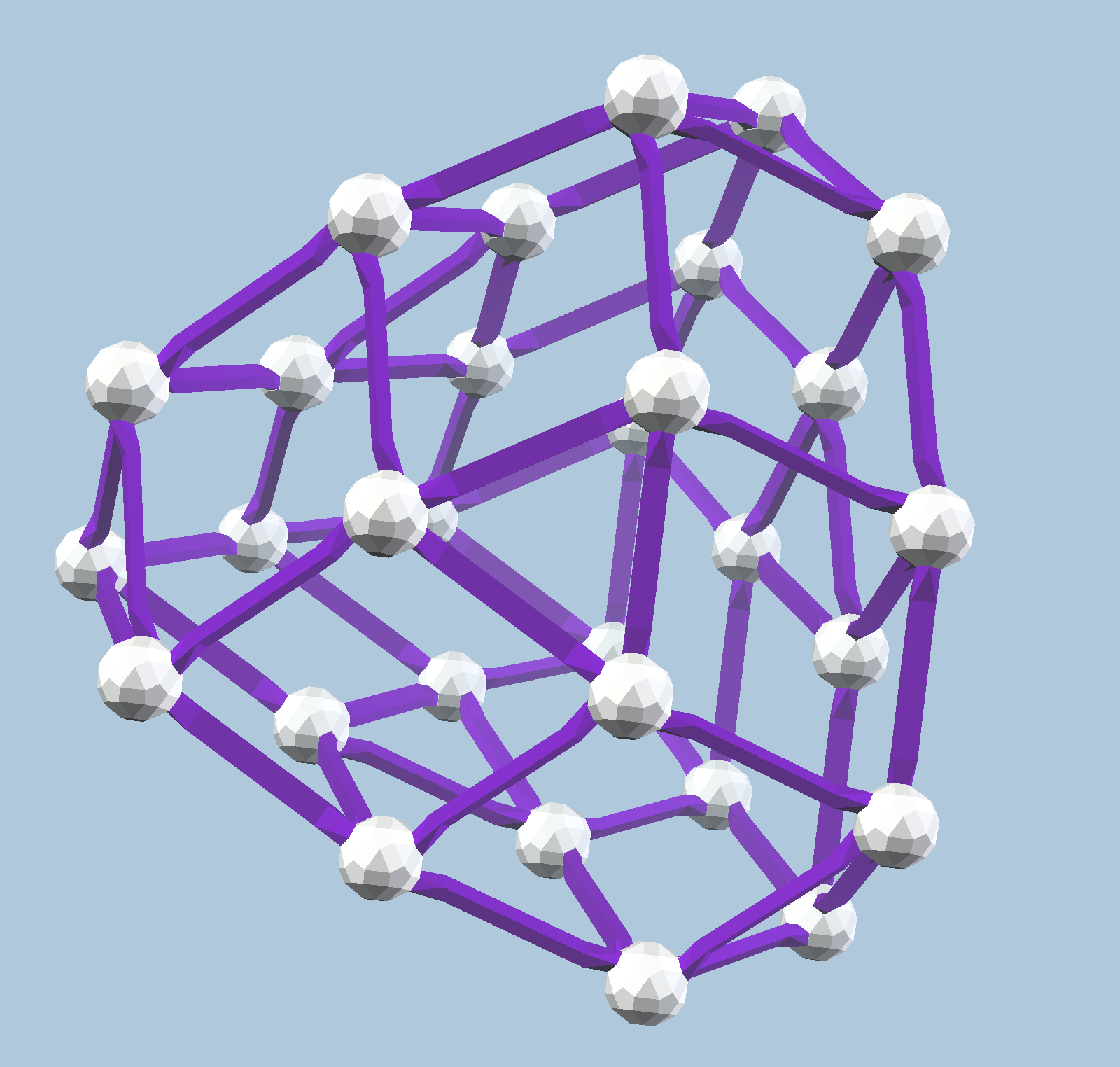
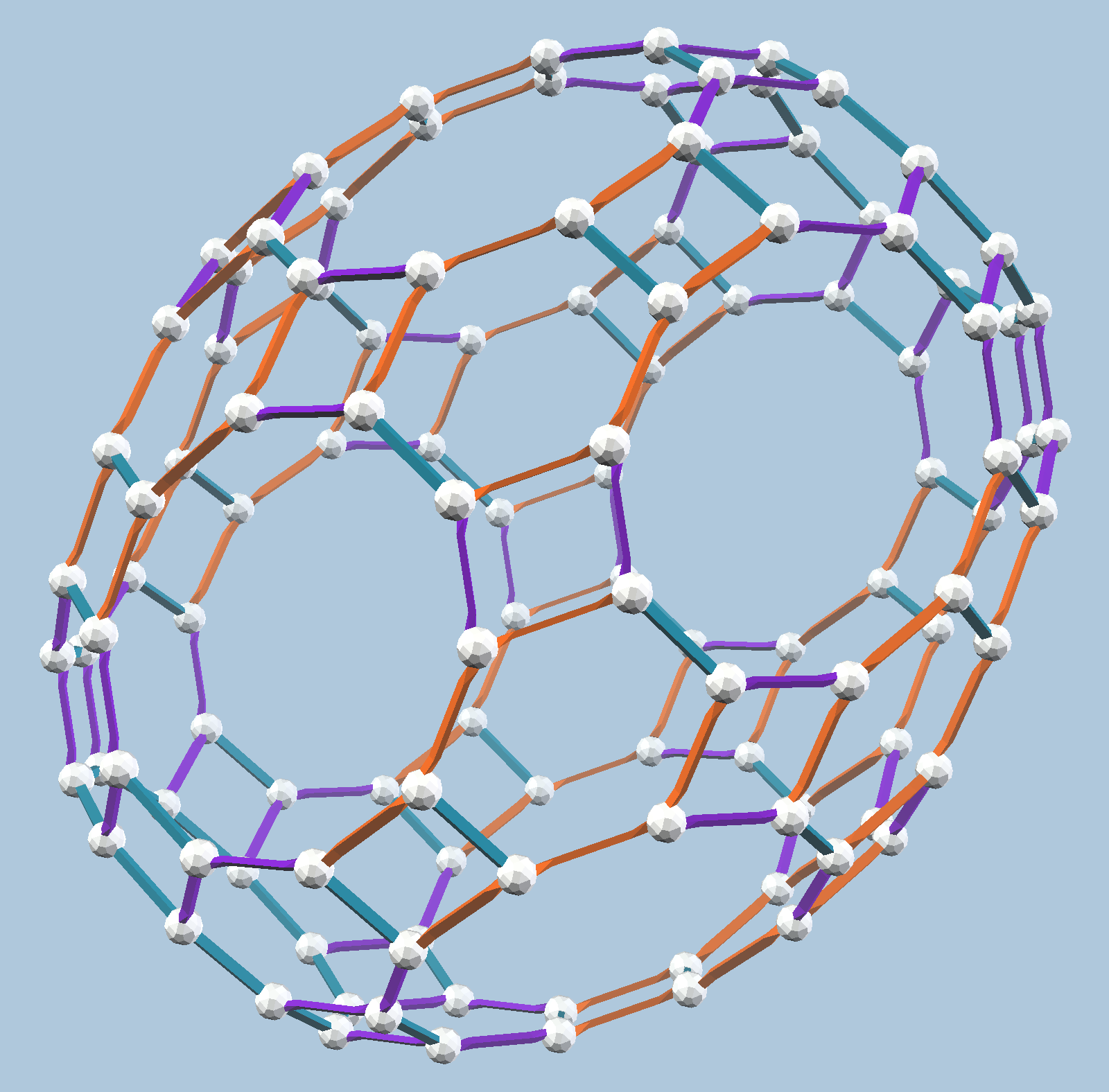
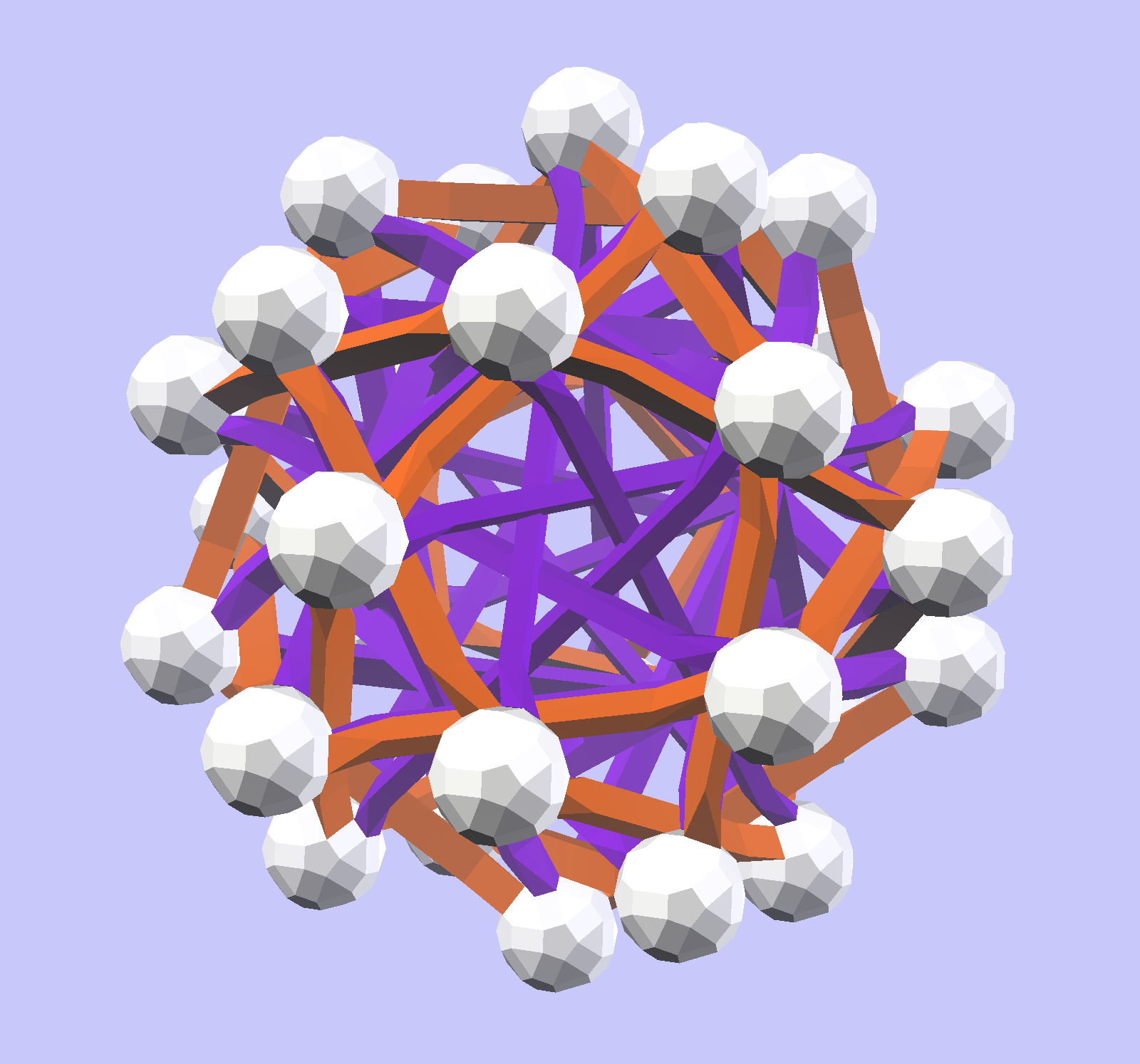
These designs all use orange and purple struts, which are not a new idea at all. Here are a number of other designs that these struts enable. I’ve been printing these with Shapeways for years; here is the design for six O1 orange struts.
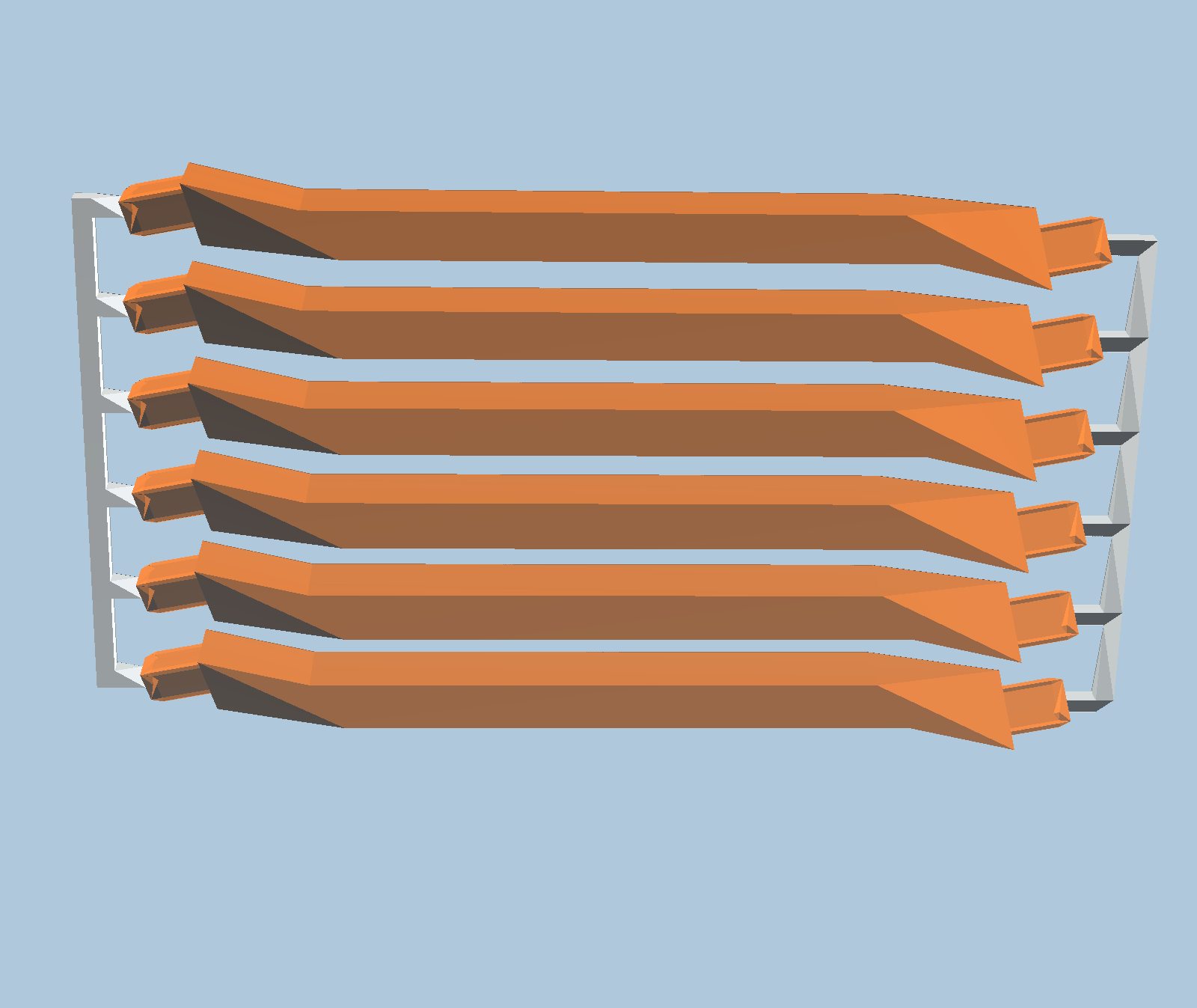
The “sprues” had to be added to manage the cost, but these are still fairly expensive, over $2 per strut. Recently, Aaron Siegel approached me, wanting to experiment with custom struts. Aaron has a lot of experience with 3D printing on his own Prusa printer, so we began to collaborate. We iterated a few times on a new design, more friendly to FDM printers, where one cares a lot more about things like overhangs and supporting material. Here is one of the first runs from the printer.

We had very few issues with this design, and spent more time tweaking the software to optimize the workflow, for example orienting the design on the XY plane by default, correcting the default output scale, and so on. Aaron adjusted the slicer (the app that generates the extrusion path) so that supports were only produced for the strut tips. The result was a very good friction fit with the Zome ball. Aaron got busy printing enough for the G4G gift exchange. The supports break away very cleanly and quickly with just a roll between thumb and forefinger.

Purple struts required more work. First, notice that my original, Shapeways-friendly design results in struts that cannot lay flat on any side. This means that more support material is required, and that gives the struts an unpleasant texture along the body of the strut.

In addition, we had difficulty with printing pentagonal tips that would fit into the Zome balls correctly. In the following close-up photos, notice the distortion of the pentagonal shape, and the additional droop of the first layers of plastic, shown here at the top of these photos.


After a few iterations, here is the final design. Notice that the barrel of the strut is still (roughly) a golden rectangle, but it has been rotated so that the struts lie flat on the print bed. Also, you can see how we adjusted the tip shape to accommodate the behavior of the slicer and printer, shearing off part of the pentagonal prism to leave room for the droop.
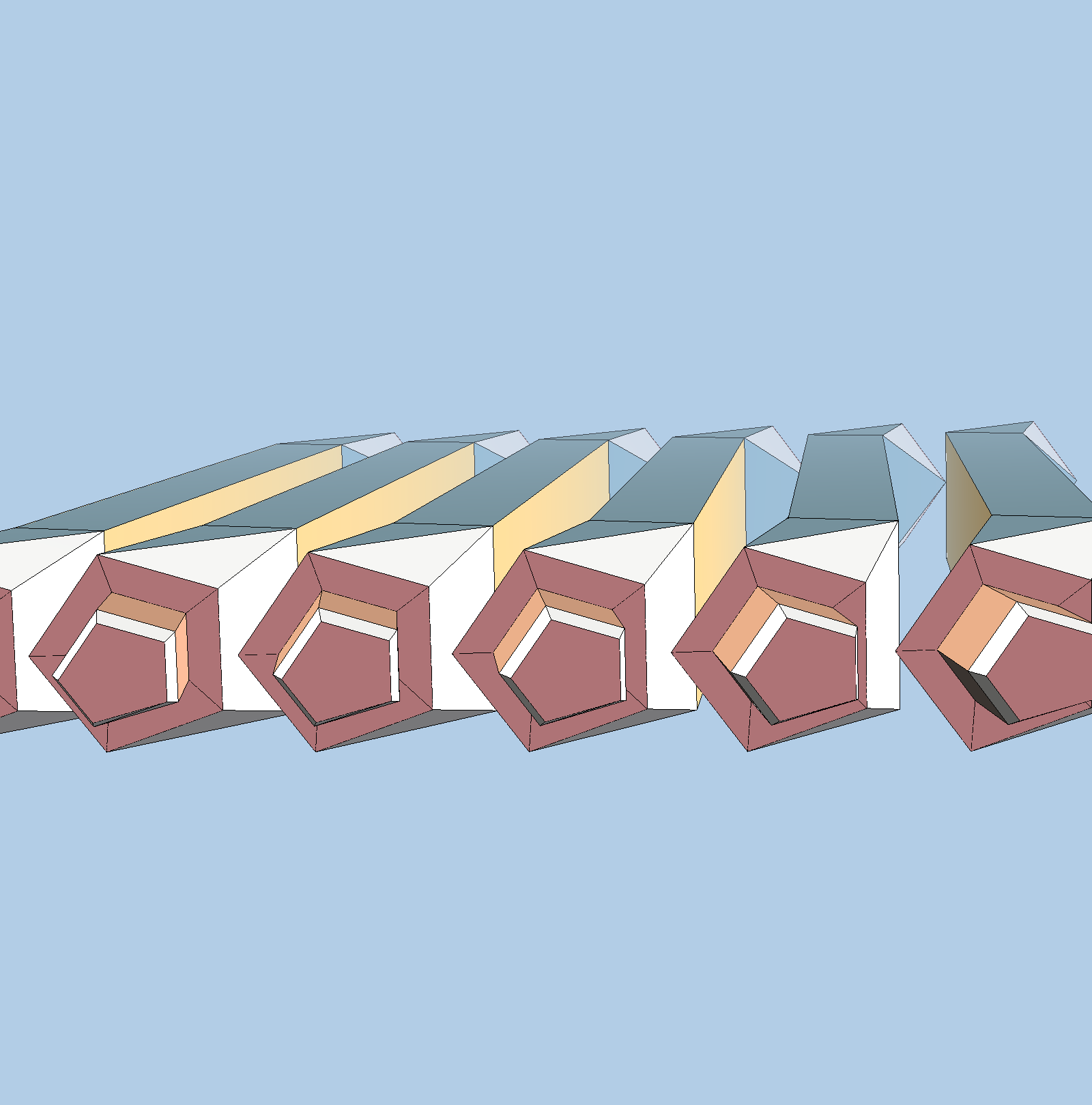
The final design offers an ideal friction fit, so Aaron again printed enough for the gift exchange.
There are many other ways to take advantage of 3D printing to extend Zometool. For example, the long R3 red struts are no longer manufactured, and indeed the molds were lost in a flood. Aaron asked me for a design, so I created this one, which lies flat on the print bed and also requires no antiprism in the middle. The pentagonal tips are the same ones used for purple struts, of course.
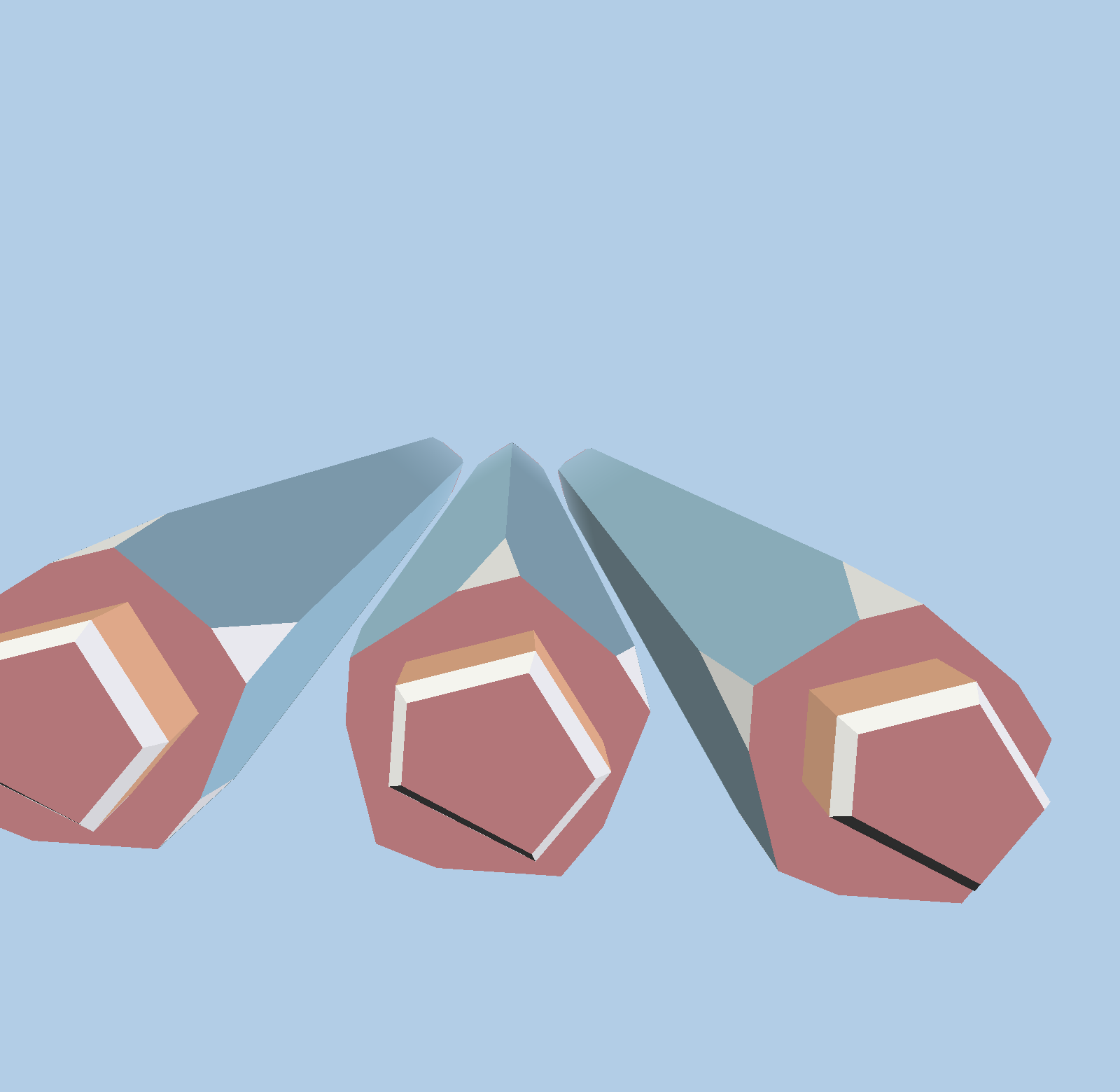
Here is the first batch of R3 struts off the printer.

Here is a nice rhombic dodecahedron made with the struts; notice the clean, straight lines!

Whether you want to create custom or out-of-print strut lengths, or completely new strut directions, or even wilder ideas like panels to join to struts or balls, modern 3D printers are opening up a whole new universe of possibilities. You can buy a very reliable printer for the cost of an iPhone, and printer filament is cheap enough to be essentially irrelevant. All of our STL files are freely available for your use on Thingiverse.